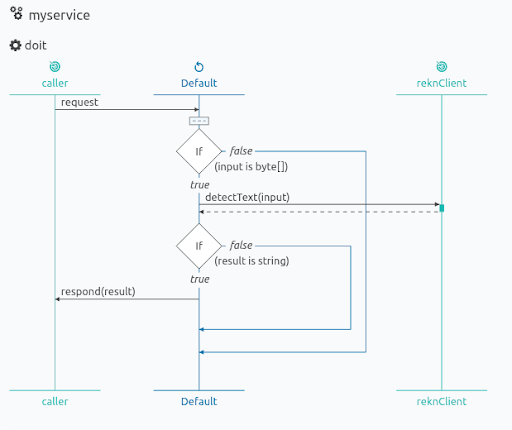Introduction
Ballerina is a network-distributed programming language. This is built upon unique abstractions that bring the network aspect into the programming language itself. As a result, Ballerina treats aspects such as network services, endpoints, and actions as first-class citizens of the language.
Ballerina is seen as a natural evolution toward a shift in general programming; thus, we cannot ignore the network as a major part of modern programming anymore. The Ballerina language design is also centered around a sequence diagram model, which is used in visualizing your network-distributed application.

This is a preview of the Getting Started With Ballerina Refcard. To read the entire Refcard, please download the PDF from the link above.

